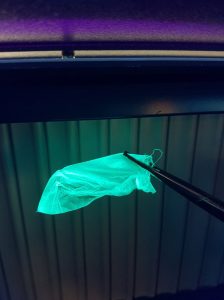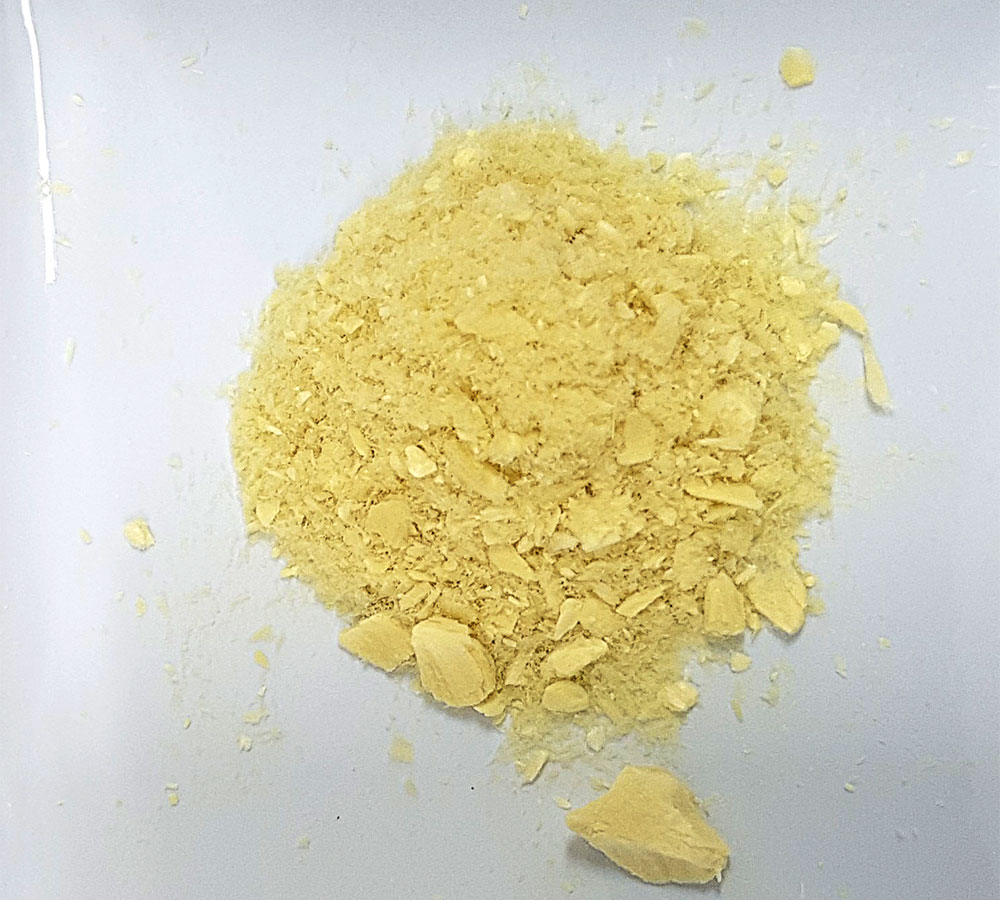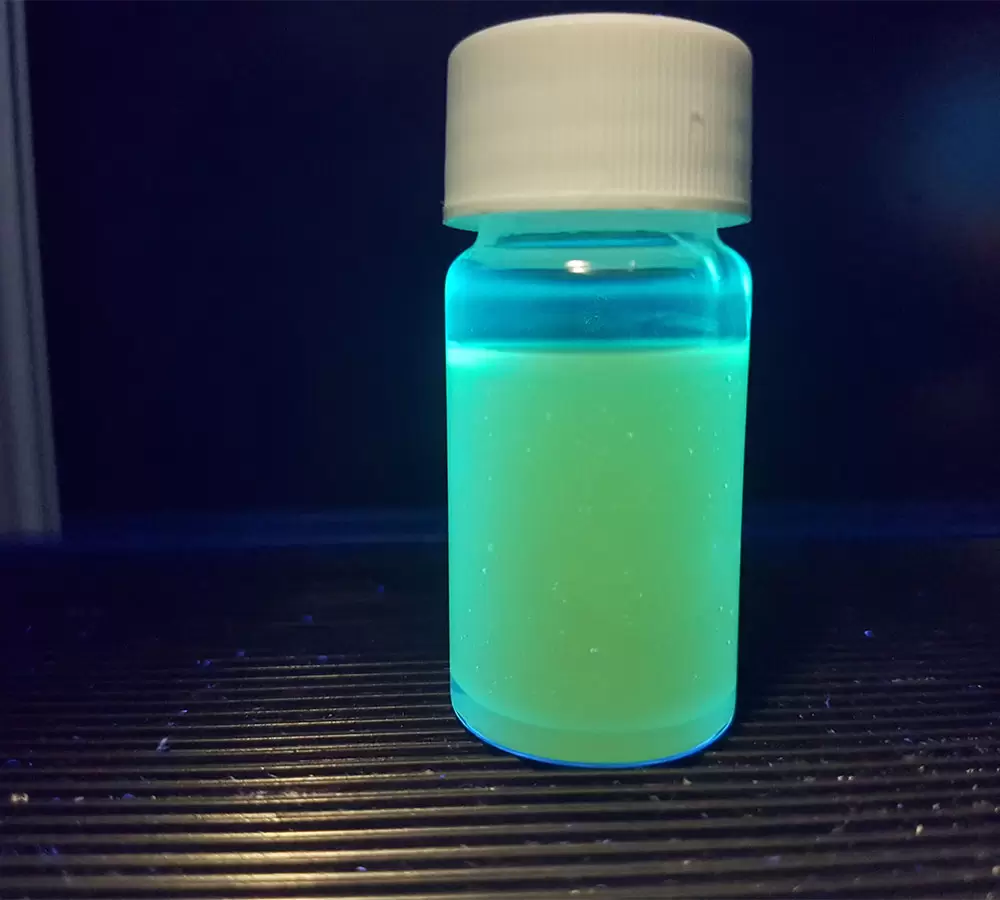Researchers have developed smart dressings with built-in nanosensors that alert medical professionals when a wound is not healing.
The multifunctional, antimicrobial dressings were created by a team of RMIT scientists and engineers and feature fluorescent sensors that glow brightly under UV light if infection starts to set in.
Dr Shadi Houshyar, Vice-Chancellor’s Research Fellow in RMIT’s School of Engineering and a medical textile engineer, said the multifunctional dressings could become part of a new generation of low-cost, magnesium-based technologies for advanced wound care.

The team created fluorescent magnesium hydroxide nanosheets,10,000 times thinner than a single hair. These nanosheets can be integrated into any biocompatible nanofibre, which means they can be used with standard cotton bandages.
“This approach is a voltage-driven process that uses electric fields to manipulate nanoscale and microscale fibres,” Houshyar said.
“Making a customisable multifunctional scaffold is easy. We take the polymer and fluorescent magnesium hydroxide nanosheets, put them into solution, employ a high voltage power source, syringe pump, and a collector and make elastic, multifunctional, electrospun membrane for wound dressing.”
According to the researchers, the dressings are cheaper to produce than silver-based dressings but equally as effective in fighting bacteria and fungi, with antimicrobial powers lasting up to a week.
Advanced tracking
The magnesium hydroxide nanosheets respond to changes in pH, which makes them ideal for use as sensors to track healing.
Healthy skin is naturally slightly acidic, while infected wounds are moderately alkaline.
Under UV light, the nanosheets glow brightly in alkaline environments and fade in acidic conditions, indicating the different pH levels that mark the stages of wound healing.




The pH responsive change in fluorescence could also potentially act as a pH probe for wound acidification characteristic of healthy wound healing, said chemist Dr Vi Khanh Truoung, a Fulbright Scholar and RMIT Vice-Chancellor’s Research Fellow.
The smart dressings are superior to current bandage dressings that need to be manually removed to assess whether a wound is healing, he said.
“This is a painful process that also provides a window of opportunity for pathogens to colonise the wound, leading to infection,” Truoung said.
“Being able to easily see if something is going wrong would reduce the need for frequent dressing changes and help to keep wounds better protected.”
Transforming lives
Houshyar, an engineer who completed a PhD in composite materials at RMIT, said combining her knowledge of medical textiles engineering with that of polymer chemistry has allowed her to work on a number of research projects that have the potential to transform lives.
This includes developing a neuron-growing, bioconductive ink that uses the body’s own electrical signals to precisely guide the growth of nerve cells, which cracked a major challenge in the emerging field of nerve engineering.
“With further development, we hope one day to enable damaged nerves to be fully reconnected,” said Houshyar, who led a team of researchers from Australia, India and Bangladesh.
She has also co-authored a paper on diamond-studded silk wound dressings to detect infection and improve healing.
While this is a different approach to the latest wound study, it is an example of the myriad ways researchers are trying to tackle this challenge, Houshyar said.
“Both the nanodiamond dressings and the current dressings being researched have built in sensors for monitoring wound infection if it happens,” she said.
“But, for the nanodiamond, it is about monitoring the temperature for infection, in contrast to monitoring a change in colour.”
More in vivo data is needed before the smart wound dressings can become part of a market that is currently valued at $US6.9 billion and expected to grow to $US9.9 billion by 2028.
The research was recently published in ACS Applied Materials and Interfaces.



